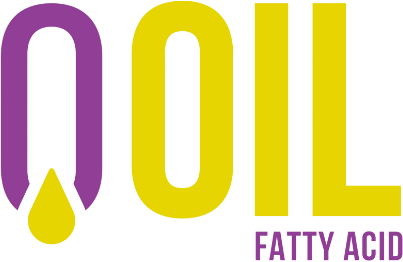
Vegetable waste oils are liquid wastes generated by reheating and using liquid oils, especially those used in domestic and industrial kitchens (for example, restaurants, food industry). Over time, these fats are oxidized, degraded, and the amount of free fatty acid (free fatty acid, FFA) increases. If they are not disposed of properly, they can cause serious damage to nature; when spilled into sewers, they pollute water sources, clog treatment systems and make agricultural land unproductive.
However, these waste oils are also a valuable resource that can be converted into value-added products such as biodiesel and soap. Especially the high proportion of free fatty acids (FFA) they contain can be converted into economical products by various chemical processes.
Properties of Vegetable Waste Oils
Sources: Domestic kitchens, restaurants, fast-food chains, food production facilities.
Chemical Structure: It contains triglycerides, mono/di-glycerides and free fatty acids.
Harms: water pollution, degradation of microorganisms, oxidative toxicity, bad odor.
Important Parameters: Acidity degree (FFA%), humidity, peroxide value, total polar substance (TPM)
Recycling Methods
1. Pre-Processing
Waste oils contain many pollutants after use. Some pre-treatment processes are applied before recycling:
Filtration: Removal of solid particles
Centrifugation: Separation of water and oil
Drying: Reducing the humidity
2. Esterification (Free Fatty Acid Reduction)
If the FFA ratio is high in vegetable waste oils, it is inefficient to enter directly into the transesterification process. For this reason, esterification is applied first:
With acidic catalysts (usually sulfuric acid), FFA is converted to methyl ester (biodiesel) form with methanol.
Reaction:
FFA+Methanol → Methyl ester + Water
3. Transesterification (Biodiesel Production)
Fat molecules (triglycerides) react with methanol or ethanol accompanied by a base catalyst (NaOH or KOH), and biodiesel + glycerin production occurs.
Reaction:
Triglyceride + Alcohol → Biodiesel (methyl ester) + Glycerol
4. Alternative Products
Recycling is not limited to biodiesel only:
Soap production (oils with high FFA content are used in saponification reactions.)
Animal feed additive (only for refined and non-toxic oils)
Industrial lubricants and bioplastic raw materials
Environmental Benefits
1 liter of waste oil can pollute 1 million liters of drinking water. Recycling ensures that this risk is eliminated. The use of waste oils as fuel reduces the dependence on fossil fuels.
It can reduce carbon emissions by up to 80%.
The collection of household waste oils increases individual environmental awareness.
Applications in Turkey and the World
The collection and recycling of vegetable waste oils are encouraged by licensed companies affiliated to the Ministry of Environment, Urbanization and Climate Change in Turkey.
In the European Union countries, almost 90% of vegetable waste oils are evaluated in the production of biodiesel.
The Netherlands and Germany use vegetable oil waste as biofuel in public transport vehicles.
Difficulties & Recommendations
Difficulties
Collection systems are not widespread enough
Illegal fuel production and uncontrolled recycling
Lack of information and low motivation in the public
Recommendations
Waste oil collection point should be established in every neighborhood
Recycling bins should be distributed to restaurants and homes
Promotion of licensed facilities
Environmental awareness training should be increased in schools and in the media
Conclusion
Vegetable waste oils, far from being a waste that harms the environment, are a resource that carries great economic and environmental value when properly managed. In particular, the free fatty acids (FFA) it contains are converted into sustainable products such as biodiesel and soap, which both contribute to the energy sector and reduce environmental pollution.
As a result, the collection, separation and industrial recycling of vegetable waste oils should be supported at both individual and institutional levels in line with the sustainable development goals.
